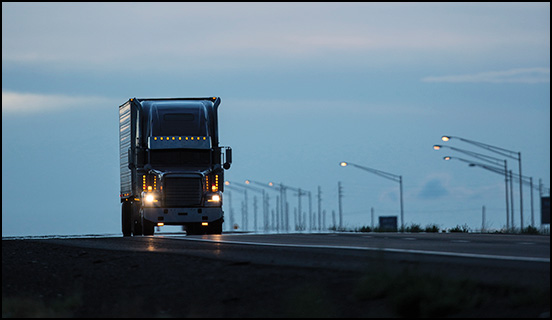
Biosecurity Recap
Livestock owners encouraged to review regulations before moving animals this spring.
Spring and summer exhibitions, like county fairs, are right around the corner. The Minnesota Board of Animal Health reminds livestock owners to review animal health and movement regulations before hitting the road.
Moving livestock can be a burdensome process, which can go much more smoothly when everyone prepares ahead of time. Regulations at exhibitions for official identification and health documentation for animals moving between states are in place to protect the health of the animals and the livelihood of livestock businesses and enthusiasts.
Before you even begin getting ready to move your animal, make sure it’s healthy by scheduling an appointment with your veterinarian. If you’re moving your animal interstate, you must have your veterinarian examine the animal and write a Certificate of Veterinary Inspection. This document helps animal health officials track animal movements and trace disease if those animals become ill.
Another important step to take before moving your livestock is making sure they’re officially identified. Acceptable forms of official identification vary by species. You can find a handy breakdown of the different accepted official IDs here.
If you’re moving animals for a livestock sale or exhibition, you should know the expectations of the event. All livestock require official identification as mentioned above.
When it comes to actually moving the animals, make sure you are hauling them safely. Use the correct equipment and double-check that everything is in working order. Plan for delays, and prepare for the unexpected. Have food and water ready for the animals in the event you have a mechanical breakdown. Once you reach your destination, you should conduct a quick check to make sure the animals appear healthy and uninjured.
Lastly, when returning home, or introducing new animals into your herd, make sure to follow proper biosecurity precautions. Keep the returning or new animals separate from your herd for up to one month, and look for any clinical signs of diseases they could have potentially contracted while away from your farm. Find out more about biosecurity here.

Editor’s Note: This article is from the Minnesota Board of Animal Health.






